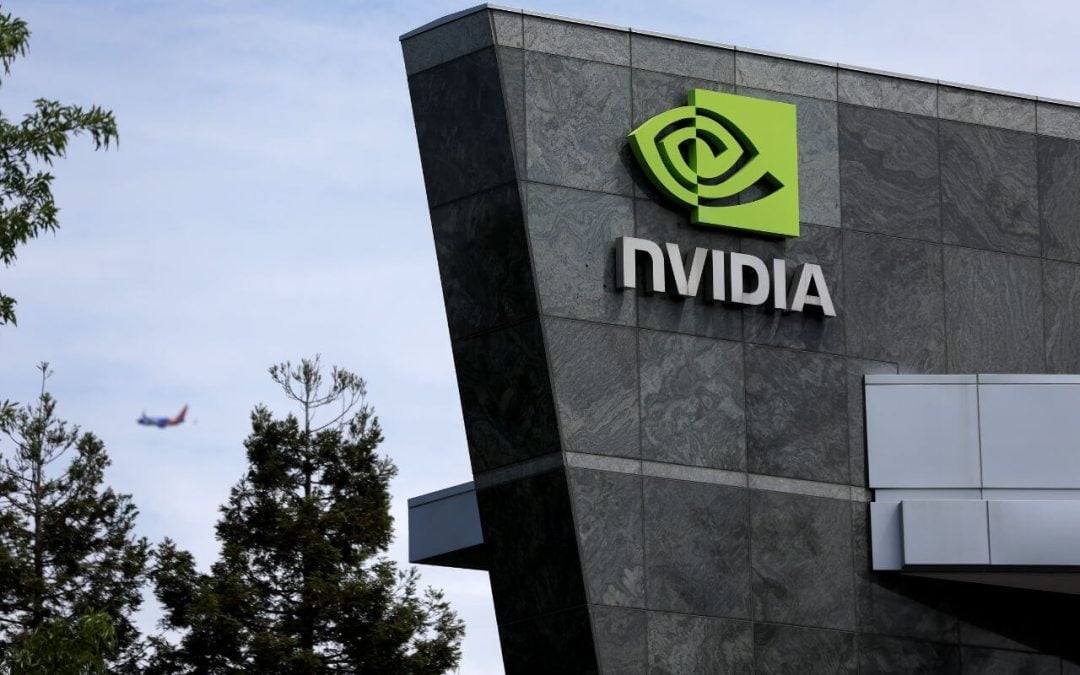GPUs (Graphics Processing Units) are critical in data centers and AI development due to their ability to process massive amounts of data simultaneously. Unlike CPUs, which handle sequential tasks, GPUs excel in parallel processing, making them ideal for AI workloads like deep learning, machine learning, and data analytics. As AI technology advances, GPUs are essential for developing sophisticated AI products, powering tasks such as image recognition, natural language processing, and predictive analytics.
The United States holds significant control over the production and supply of high-performance GPUs, with key companies like NVIDIA and AMD dominating the market. By controlling the supply of these critical components, the U.S. can influence the pace of technological advancement in other countries. This leverage enables the U.S. to impact global AI growth, as nations with limited access to advanced GPUs may face delays in AI development and deployment, slowing their technological progress.
Global GPU Export Control Framework
The US has established a hierarchical GPU export control system that reflects its geopolitical alliances and security concerns. While G20 nations enjoy privileged access due to their strategic partnerships and shared economic interests with the US, countries like China, Iran, Russia, and North Korea face severe restrictions due to various factors including sanctions, military concerns, and political tensions. These restrictions stem from US concerns about these nations potentially using advanced AI capabilities for military applications or cyber warfare.
The placement of India and 140 other countries in the third tier with specific caps suggests a strategic containment policy. Despite India being a key strategic partner, its inclusion in this restricted category alongside smaller nations indicates the US’s cautious approach to sharing advanced AI technology, potentially aiming to maintain its technological supremacy while limiting the development of competing AI superpowers. This policy reflects broader US concerns about technology transfer and its desire to maintain control over critical AI infrastructure globally.
India’s Position and Limitations
For India, the US has set a specific cap of 50,000 GPUs or equivalent computing capacity. This is particularly significant given that India’s AI Mission is currently utilizing around 10,000 GPUs, with plans for expansion. The cap could potentially constrain India’s ambitious AI development plans, especially for large-scale data centers and AI research facilities.
Competitive Advantage for US Giants
Even if the 50,000 GPU cap is reached, American hyperscalers like Microsoft, Amazon, and Google would still be able to deploy 7% of their global capacity in India, while local companies would face restrictions. This creates an uneven playing field where US companies maintain advantages over Indian counterparts in the domestic market.
Licensing Requirements and Challenges
Indian companies must now navigate new licensing requirements for advanced computing ICs and AI model weights from the US. The mandatory licensing process is expected to introduce additional bureaucratic hurdles and costs, potentially slowing down GPU cluster development and AI innovation in India.
Long-term Implications
The policy could significantly impact AI ambitions of emerging economies like India and China, particularly in developing large-scale AI infrastructure. Industry experts, including the India Electronics and Semiconductor Association, warn that while small-scale setups might still enable experimentation and innovation, large-scale AI data centers requiring hundreds of thousands of GPUs may need to be scaled down or delayed, affecting China’s and India’s competitive position in the global AI landscape.
Impact On China
China’s AI progression will face a significant setback due to the US’s GPU export controls. With severe restrictions placed on China, including limited access to advanced GPUs, the country’s ability to develop large-scale AI infrastructure will be severely hindered. The ban on GPU exports, will impede China’s ambitions to advance in AI research, data centers, and related technological fields.
This could delay China’s AI development, preventing it from competing with leading AI superpowers, while providing the US with a continued technological edge in AI infrastructure.
Written By: Dipangshu Kundu
Disclaimer

The views and investment tips expressed by investment experts/broking houses/rating agencies on tradebrains.in are their own, and not that of the website or its management. Investing in equities poses a risk of financial losses. Investors must therefore exercise due caution while investing or trading in stocks. Dailyraven Technologies or the author are not liable for any losses caused as a result of the decision based on this article. Please consult your investment advisor before investing.





